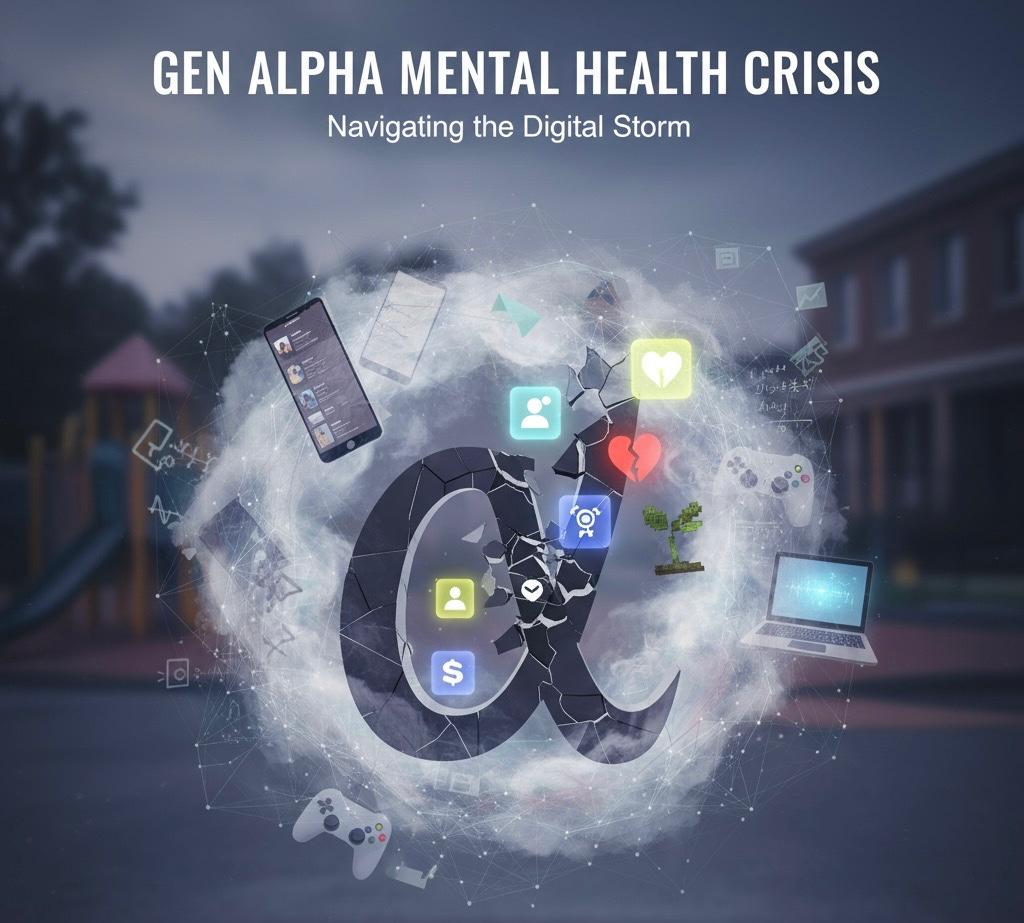The understanding of mental disorders has undergone profound transformations from 1000 AD to the present day, mirroring the evolution of medical, psychological, and societal perspectives. This journey from supernatural interpretations to the modern biopsychosocial approach reflects a fascinating intersection of culture, science, and philosophy. Each century brought new insights and practices, shaping the contemporary landscape of mental health care. This article explores these historical shifts, highlighting how perceptions and treatments of mental disorders have evolved over the centuries.
- 1000-1500 AD (Medieval Period): Mental illnesses were often interpreted as supernatural phenomena, demonic possession, or divine punishment. Treatments included exorcism and religious rituals. During the Medieval Period (1000-1500 AD), mental illnesses were primarily understood through a religious and supernatural lens. Conditions that we now recognise as psychiatric disorders were often attributed to demonic possession, witchcraft, or divine punishment. The treatment methods reflected these beliefs, with exorcisms, religious rituals, and often harsh, punitive measures being common. There was little to no distinction between various mental health conditions, and understanding of psychological or biological causes was virtually non-existent. This period was marked by a lack of scientific understanding and a heavy reliance on religious explanations for mental health phenomena.
- 16th-17th Century (Renaissance and Enlightenment): Shift towards naturalistic explanations. Establishment of asylums, though often with poor conditions and understanding. During the Renaissance and Enlightenment (16th-17th Century), there was a gradual shift in the understanding of mental illness. The era began moving away from supernatural explanations towards more naturalistic and humanistic understandings. The establishment of asylums marked a significant change, although these were often places of confinement rather than treatment. Figures like Johann Weyer began to challenge the notion of witchcraft in mental illness. Despite these advancements, conditions in asylums remained poor, and the understanding of mental health was still primitive by modern standards. This period set the stage for future developments in mental health care and treatment.
- 18th-19th Century: Emergence of moral treatment emphasising humane care. Pioneers like Philippe Pinel advocated for more compassionate approaches. In the 18th and 19th centuries, there was a significant shift in the understanding and treatment of mental illness, marked by the emergence of the “moral treatment” philosophy. This approach, championed by pioneers like Philippe Pinel in France and Dorothea Dix in the United States, advocated for more humane and compassionate care of the mentally ill. The emphasis was on treating individuals with respect and dignity, often in more domestic and nurturing environments compared to the harsh conditions of earlier asylums. This period also saw the early development of psychotherapy and a growing recognition of mental illness as a medical condition requiring workd treatment.
- Early 20th Century: Freud’s psychoanalysis revolutionised understanding of mental illness, focusing on unconscious mind and childhood experiences. In the early 20th century, the field of mental health underwent a transformative phase with the advent of psychoanalysis by Sigmund Freud. This period marked a shift from viewing mental illness as purely a physiological or moral issue to understanding it as deeply rooted in the unconscious mind. Freud’s theories about the influence of childhood experiences and unconscious motivations on behavior revolutionised the approach to mental health treatment, laying the groundwork for various forms of psychotherapy that would emerge later on. This era was pivotal in shaping modern psychological thought and practice.
- Mid-20th Century: Introduction of psychotropic medications and decline of asylums. Rise of deinstitutionalisation and community-based care. In the mid-20th century, there was a significant transformation in mental health care, primarily characterised by the introduction of psychotropic medications and the decline of asylums. This period marked the beginning of deinstitutionalisation, with a move towards community-based care. The discovery and use of medications like antipsychotics and antidepressants allowed for more effective management of symptoms and conditions, contributing to a reduction in long-term hospitalisations. This era represented a shift from isolated, often inhumane asylum care to more integrated and humane treatment approaches.
- Late 20th Century – Present: Biopsychosocial model recognises biological, psychological, and social factors. Emphasis on evidence-based treatments and individualised care. From the late 20th century to the present, the understanding of mental health has increasingly embraced the biopsychosocial model, which acknowledges the complex interplay of biological, psychological, and social factors in mental health. This era has seen a surge in evidence-based treatments, an emphasis on individualised care, and a growing recognition of the importance of mental health alongside physical health. Advancements in neuroscience and psychology have further refined our understanding of mental disorders, leading to more effective and diverse treatment approaches. This period is marked by a commitment to understanding mental health in all its dimensions and providing holistic, personalised care.
Each era’s understanding reflects the prevailing scientific knowledge, societal attitudes, and available treatments, shaping modern approaches to mental health care.
How to get in touch
If you or your patient/NDIS clients need immediate mental healthcare assistance, feel free to get in contact with us on 1800 NEAR ME – admin@therapynearme.com.au.







